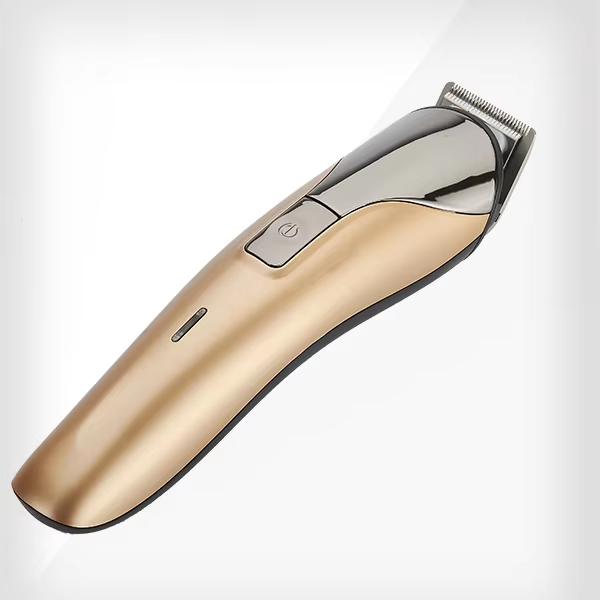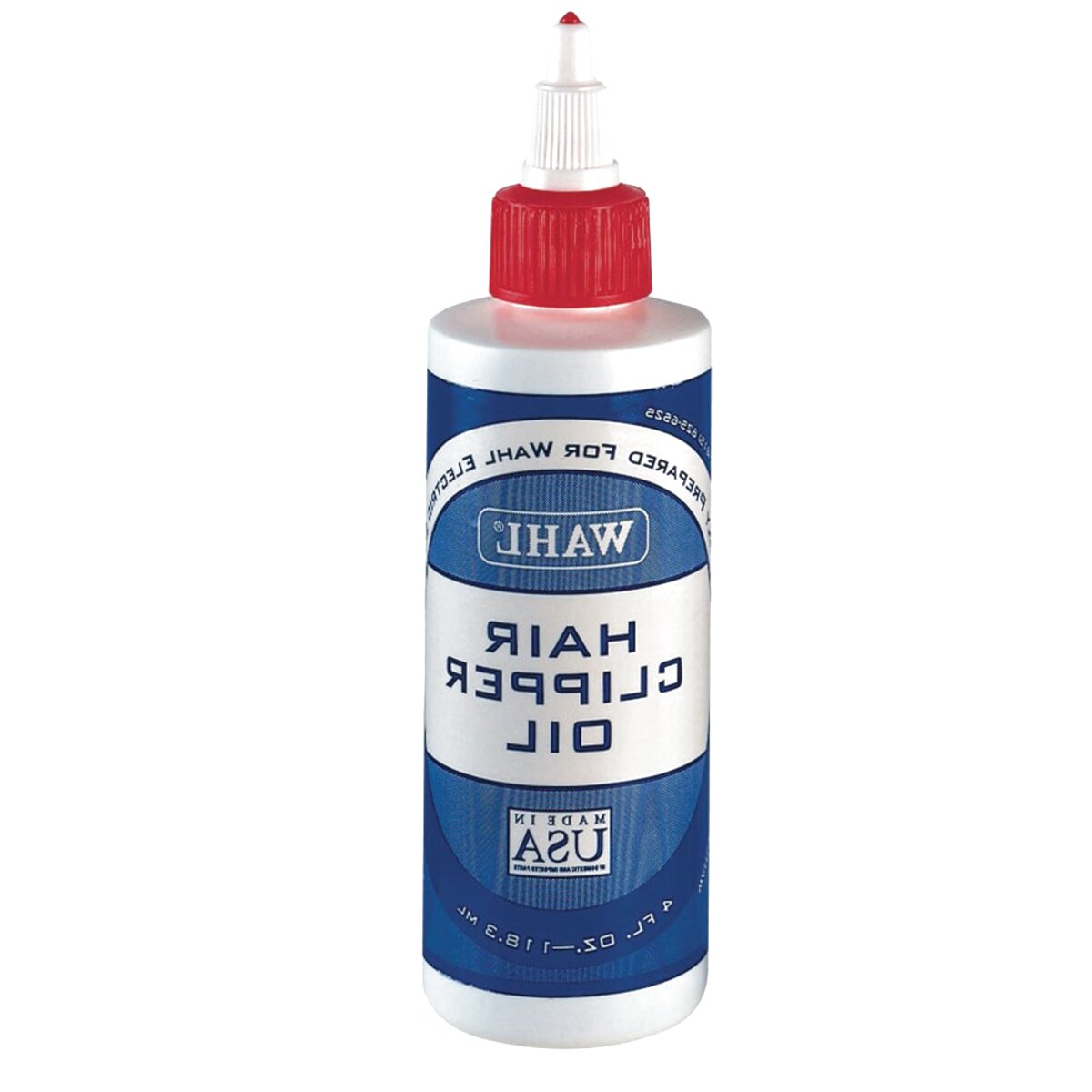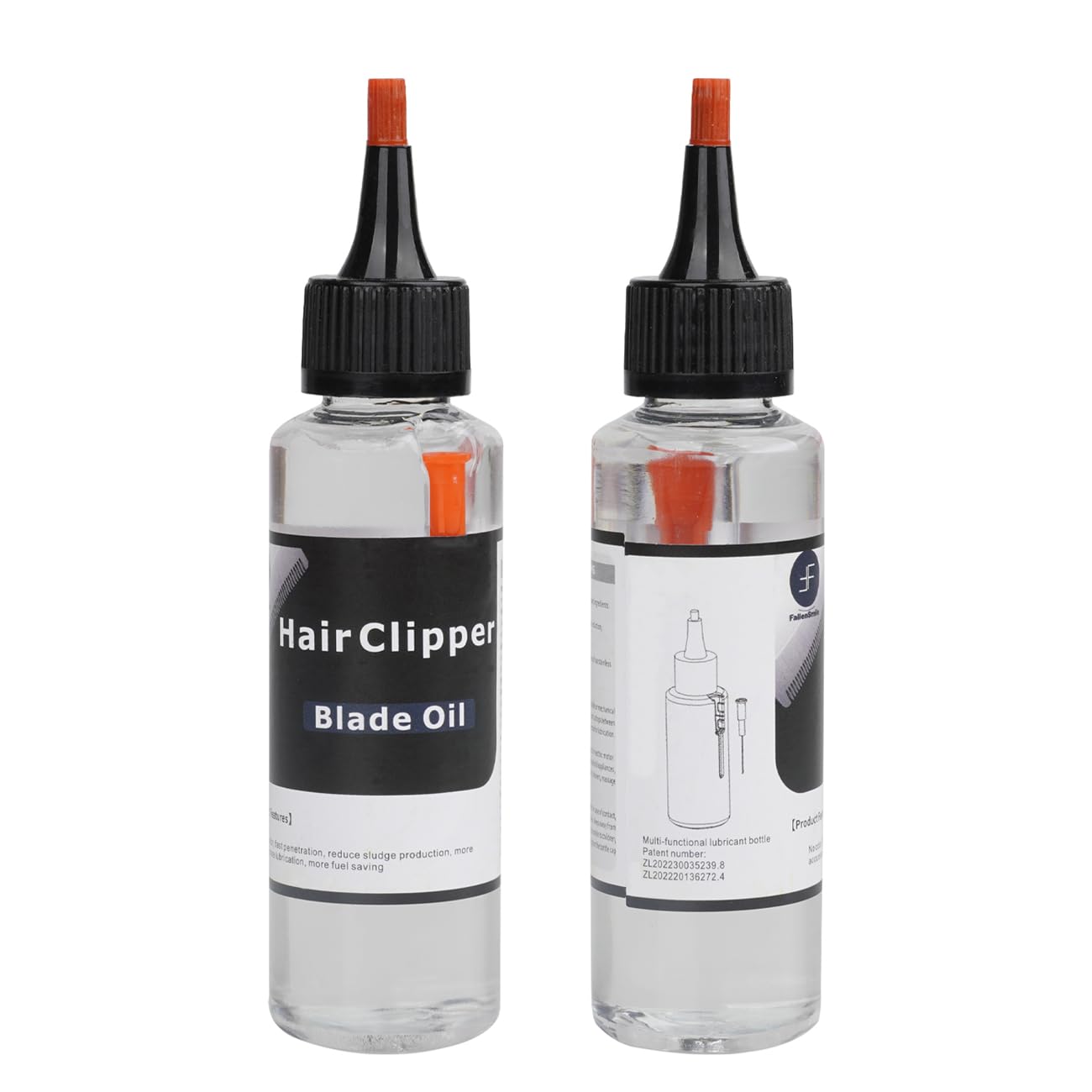Hair clippers are essential tools for barbers and individuals alike, making the art of grooming both efficient and accessible. Yet, proper maintenance is crucial to ensure they operate smoothly and provide top-notch results. One of the most critical aspects of maintaining hair clippers is oiling them regularly. But how do you oil hair clippers? In this article, we’ll delve deep into the process, importance, types of oils, and tips to keep your hair clippers in optimal condition.
Understanding the Importance of Oiling Hair Clippers
Oiling hair clippers serves multiple purposes. Firstly, it reduces friction between the moving parts, which helps prevent overheating during use. Secondly, it prevents rust and corrosion, which can lead to the eventual breakdown of the clipper’s components. Lastly, regular oiling extends the life of your clippers, ensuring that they work efficiently for many years.
The Consequences of Not Oiling
Failure to regularly oil your hair clippers can lead to a host of problems. For one, dull blades can cause uneven cuts, leading to unsatisfactory results. Moreover, without proper lubrication, the clippers may overheat, leading to performance issues and even permanent damage. In extreme cases, neglecting oiling can cause the blades to warp or break, resulting in costly repairs or replacements.
Signs that Your Hair Clippers Need Oiling
To maintain your clippers in peak condition, it’s crucial to recognize when they require oiling. Some signs include:
- Increased Noise: If your clippers produce a loud buzzing or grinding sound, it’s often a sign that they need oil.
- Resistance: If the blades feel sticky or don’t glide smoothly, additional lubrication is necessary.
- Heat Build-Up: If the machine is getting unusually warm during use, oiling can help reduce friction.
Choosing the Right Oil for Hair Clippers
Not all oils are created equal. Selecting the right type of oil is vital for ensuring your clippers’ longevity.
Types of Oils
- Clippers Oil: Specifically manufactured for hair clippers, this oil is lightweight and designed to leave a minimal residue. It’s the best choice for everyday use.
- Mineral Oil: While it can serve as a lubricant, mineral oil may not evaporate as quickly and can build up over time. It’s suitable for occasional use but not recommended for regular maintenance.
- Synthetic Oils: These oils are often more durable and resist breaking down under high heat. They can be more expensive but offer long-lasting protection.
- No-Oil Systems: Some modern clippers are designed with self-lubricating systems. However, occasional oiling can still enhance their performance.
What to Avoid
Avoid using vegetable oils or other household oils. These can lead to significant build-up and might even attract dirt and debris, which can be detrimental to the clipper’s performance.
How to Properly Oil Hair Clippers
Now that we’ve established why and what type of oil to use, it’s time to discuss how to oil hair clippers effectively. Following a systematic approach ensures that you get the most out of your clippers.
Step-By-Step Guide to Oiling Hair Clippers
- Gather Your Supplies: You will need your clipper oil, a clean, soft cloth, and potentially, a screwdriver, depending on the clipper model.
- Turn Off the Clipper: Safety first! Always ensure that your clippers are off and unplugged before servicing.
- Remove the Blade (If Applicable): Depending on your clipper model, you may need to remove the blade to access the parts that require oiling. If your model allows, refer to the manual for detailed instructions.
- Clean the Clippers: Use a soft cloth to wipe down the blades and body of the clippers. This step is crucial to remove hair, dust, and any old oil.
- Apply the Oil:
- Shake the oil bottle slightly to ensure it’s well mixed.
- Apply a few drops of oil directly to the blades and moving parts. A little goes a long way—over-applying can lead to excess build-up.
- Distribute the Oil: Turn the clippers on for a few seconds to allow the oil to spread evenly among the moving parts. Turn them off afterward.
- Wipe Off Excess Oil: Use a clean cloth to wipe away any excess oil, which can attract dirt and debris.
- Reassemble (If Necessary): If you removed the blade earlier, ensure it’s correctly reattached before use.
Frequency of Oiling
Oiling frequency largely depends on usage. If you use your clippers daily, you may need to oil them after every few uses. For occasional use, oiling them once every couple of weeks is typically sufficient. Always make it a habit to check for signs that oiling is necessary.
Troubleshooting Common Issues During Oiling
While oiling your hair clippers sounds simple, you may encounter some common issues. Here are some troubleshooting tips.
Excess Oil Build-Up
If you notice excess oil build-up, it may attract dust and hair. To resolve this, ensure you wipe off excess oil after application. Regular cleaning can also prevent build-up.
Blades Not Moving Smoothly
If the blades feel sluggish after oiling, it’s possible that dirt or hair has accumulated. Ensure you clean the clippers thoroughly before oiling. If problems persist, you might need to disassemble the clippers and clean deeper.
Oiling Too Often
While maintaining your clippers is crucial, over-oiling can be just as detrimental as not oiling at all. A good rule of thumb is to apply oil only when necessary and ensure you clean and wipe off excess.
Maintenance Beyond Oiling Your Hair Clippers
Oiling is an integral part of your clipper maintenance routine, but it is not the only thing you should do to keep these tools in top shape.
Regular Cleaning
- Remove Hair and Debris: After each use, take the time to wipe down the blades and remove any trapped hair.
- Deep Cleaning Monthly: Monthly deep cleaning might include disassembling the clipper for thorough cleaning of all parts.
Blade Replacement
Over time, the blades will wear down and lose their sharpness. Regular checking for dull blades can prevent less-than-perfect cuts. If you notice signs of wear, replacing the blades as needed is advisable.
Proper Storage
Storing your clippers properly can also prolong their lifespan. Keep them in a dry area away from moisture and ensure they are stored in their designated case or box to avoid damage.
 Influences of Environmental Factors on Clipper Maintenance
Influences of Environmental Factors on Clipper Maintenance
When considering how do you oil hair clippers, it’s essential to also think about the environment in which they are used.
Climate Considerations
- Humidity: High humidity can lead to moisture accumulation, increasing the chances of rust. Regular oiling becomes even more essential in these conditions.
- Dusty Environments: Dust can accumulate more quickly in certain places, necessitating more frequent cleaning and oiling.
Seasonal Changes
Seasonal variations in temperature can also influence the performance of your clippers. Extreme heat may increase wear and tear, while cold temperatures can affect the oil’s viscosity.
Conclusion
In conclusion, knowing how to oil hair clippers is not just about following steps; it’s about understanding the importance of maintenance and care for your grooming tools. Consistent oiling, combined with regular cleaning and proper storage, will enhance the longevity and performance of your clippers. Whether you’re a professional barber or a home user, taking the time to properly maintain your clippers will lead to better results and a more enjoyable grooming experience. Remember to stay attentive to the signs your clippers show, adjust your maintenance routine based on use, and always choose the right oil for the optimal performance of your hair clippers. Regular upkeep ensures that your clippers will serve you well for many years. So, keep asking yourself, how do you oil hair clippers? The answer lies in consistency and care.


